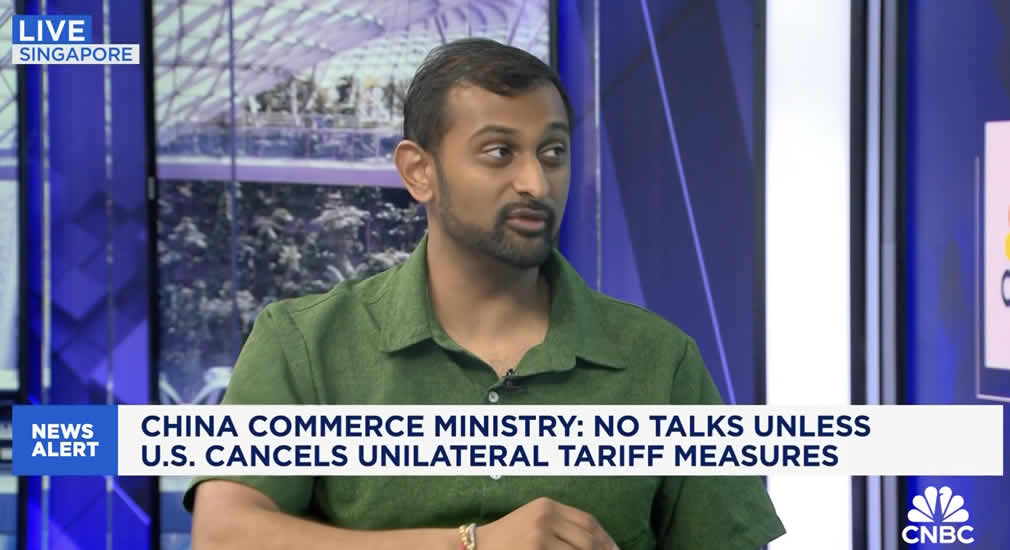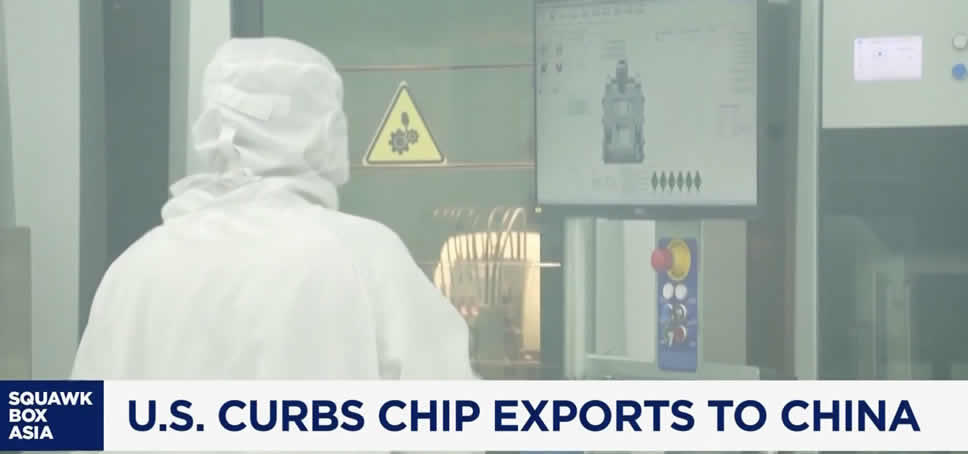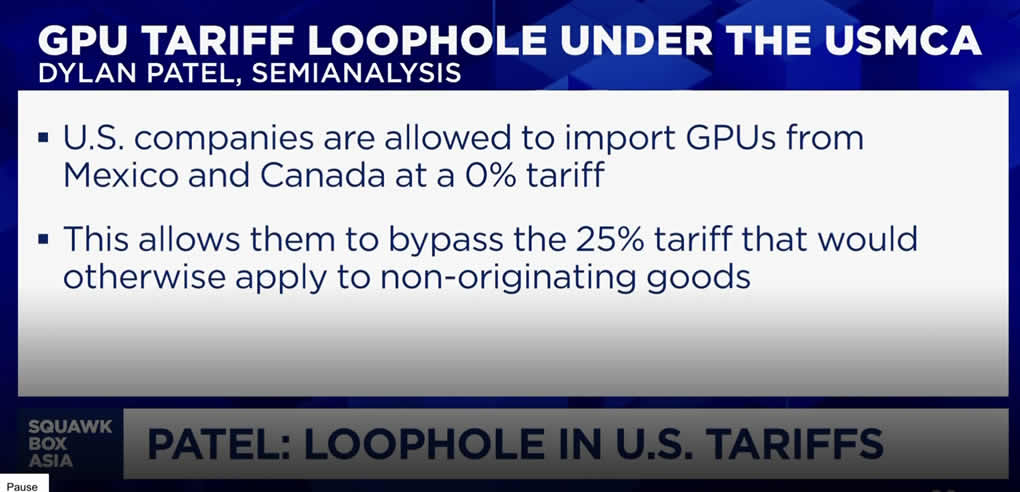U.S. Chip Export Controls on China: A Strategic Misstep?
In a recent CNBC interview, Dylan Patel, Chief Analyst at SemiAnalysis, critiqued the U.S. government’s semiconductor export restrictions on China, labeling them as “short-sighted.” He argued that these measures might inadvertently accelerate China’s domestic chip development, undermining the intended goal of curbing its technological advancement.

Patel emphasized that the U.S. export controls, while aiming to limit China’s access to advanced semiconductors, could have unintended consequences. By restricting Chinese companies from procuring cutting-edge chips, the U.S. may be pushing China to invest more heavily in its semiconductor industry, fostering rapid innovation and self-reliance.

He pointed out that China’s government has been pouring resources into developing its semiconductor capabilities. The export controls might serve as a catalyst, accelerating these efforts and potentially leading to a more robust and independent Chinese semiconductor sector.
Patel also highlighted the global implications of these controls. U.S. companies could face significant revenue losses due to restricted access to the Chinese market, which is one of the largest consumers of semiconductors. This could impact research and development budgets, potentially slowing innovation in the U.S. semiconductor industry.

Furthermore, the interview discussed the challenges in enforcing these export controls. The complexity of global supply chains and the potential for indirect access to restricted technologies make it difficult to ensure compliance fully.
Patel’s insights suggest that while the U.S. aims to maintain its technological edge and protect national security, the current approach to export controls may have counterproductive effects. By potentially accelerating China’s semiconductor development and impacting U.S. companies’ revenues, these measures could reshape the global semiconductor landscape in unforeseen ways.




